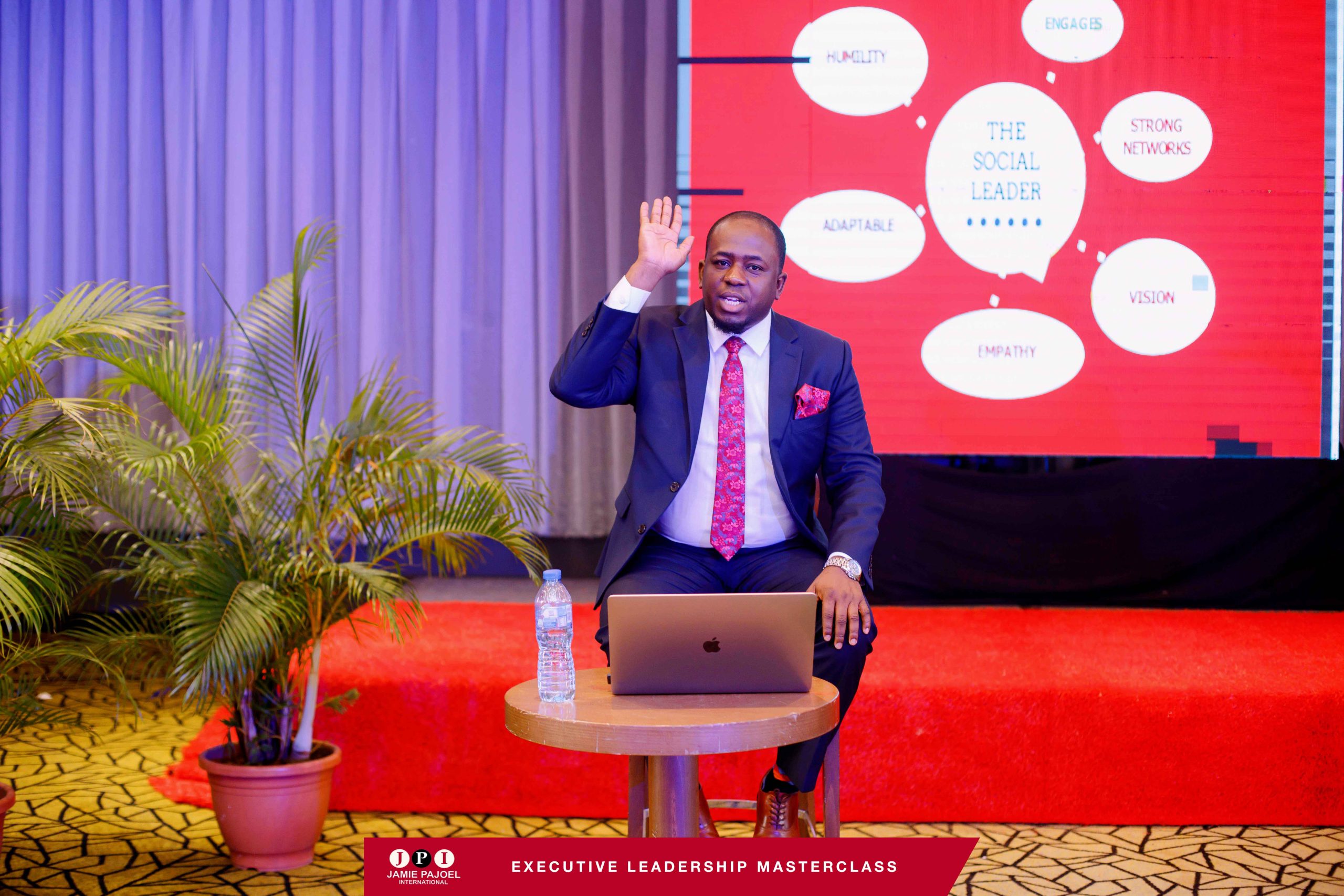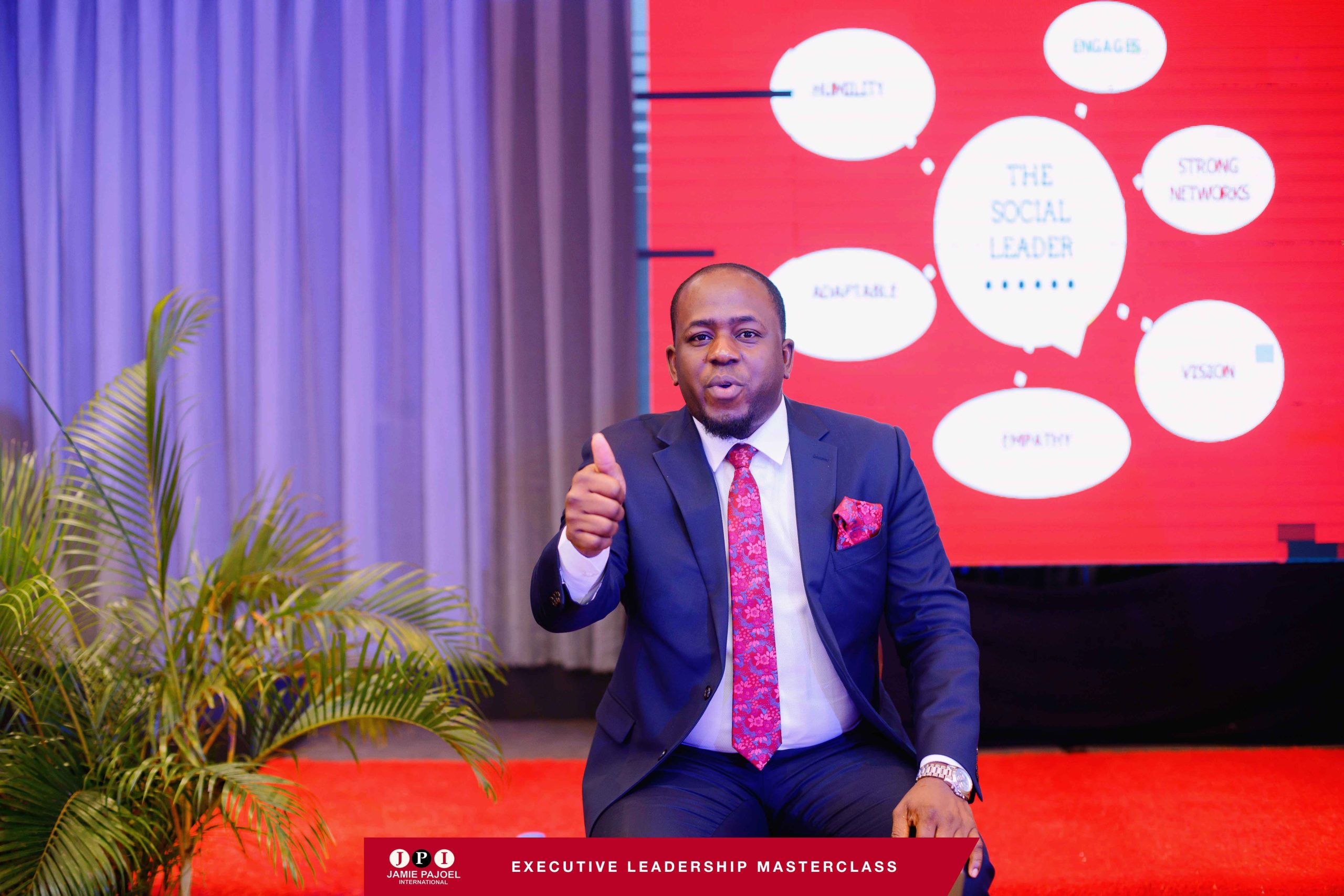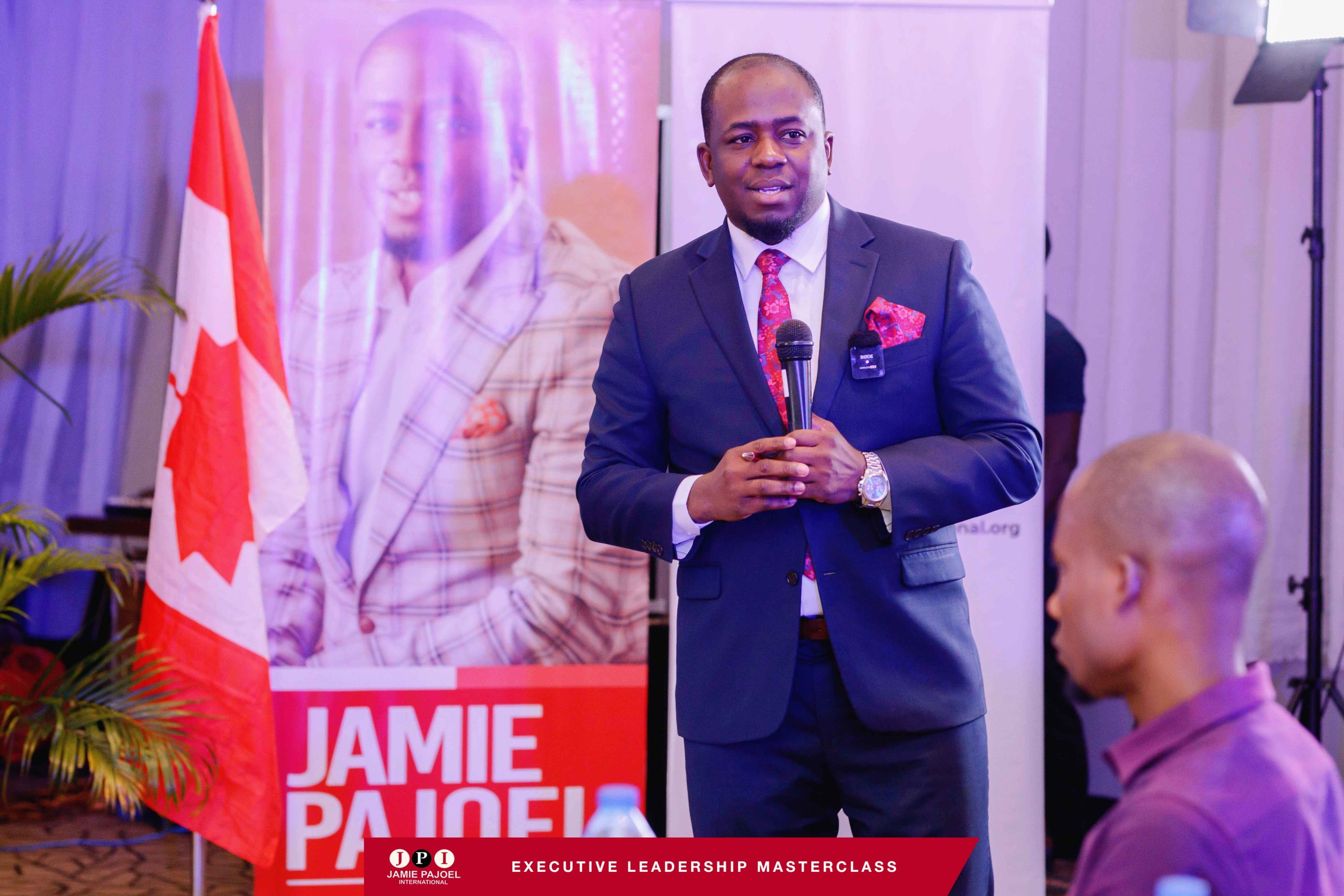
Redefining Organisational Leadership
The problem we have today is that thousands and thousands of leadership modules and concepts have come together to form a complex theory like some sort of remarkable mechanical formula that we assume only university professors can understand.
In the 1840s, The Great Man theory assumes that the traits of leadership are intrinsic. That simply means that great leaders are born, they are not made. This theory sees great leaders as those who are destined by birth to become a leader. The theory was popularized by Thomas Carlyle, a writer and teacher. Just like him, the Great Man theory was inspired by the study of influential heroes.
In the 1930’s – 1940’s Trait theories believe that people inherit certain qualities and traits that make them better suited to leadership. Early trait theories said that leadership is an innate, instinctive quality that will make them excel in leadership roles. The trait theory of leadership focused on analysing mental, physical and social characteristic in order to gain more understanding of what is the characteristic or the combination of characteristics that are common among leaders.
In the 1940’s – 1950’s Behavioural Theories believe that people can become leaders through the process of teaching, learning and observation. Leadership is a set of skills that can be learned by training, perception, practice and experience over time. In the 1940s, Kurt Lewin developed a framework based on a leader’s behavior. He argued that there are three types of leaders:
Autocratic leaders make decisions without consulting their teams. This style of leadership is considered appropriate when decisions need to be made quickly, when there’s no need for input, and when team agreement isn’t necessary for a successful outcome.
Democratic leaders allow the team to provide input before making a decision, although the degree of input can vary from leader to leader. This style is important when team agreement matters, but it can be difficult to manage when there are lots of different perspectives and ideas.
Laissez-faire leaders they allow people within the team to make many of the decisions. This works well when the team is highly capable, is motivated, and doesn’t need close supervision. However, this behaviour can arise because the leader is lazy or distracted; and this is where this style of leadership can fail.
In the 1970’s, Transactional theories, also known as exchange theories of leadership, are characterised by a transaction made between the leader and the followers. In fact, the theory values a positive and mutually beneficial relationship.
In the 1980s, the transformational theories emerged. The essence of transformational theories is that leaders transform their followers through their inspirational nature and charismatic personalities. Rules and regulations are flexible, guided by group norms. These attributes provide a sense of belonging for the followers as they can easily identify with the leader and its purpose.
So you see, it can really be difficult to find what you want in all these modules and concepts have come together to form a complex leadership theory. Your own approach to leadership will depend on whether you perceive it as a noun -a thing to observe, or a verb -an action you take.
What is leadership to you? When that same question was put to five astonishingly successful leaders, here’s what they said:
“Harnessing the energy and effort of others to pursue common goals.”— Phil Blair, Manpower Staffing Services, San Diego
“The ability to take a team of average people and transform them into superstars.”— Jonas Falk, Organic Life, Chicago
“When others follow in word and deed without being coerced or feeling obligated.”— Sonny Newman, EE Technologies, Reno
“The art of getting someone else to do something you want done because that person wants to do it.”— Dwight D. Eisenhower, U.S. President
“Helping others rise to their full potential while accomplishing the mission and the goals.”— Bob Mason, RLM Planning and Leadership, Albuquerque
Disruption today is happening at a scale and speed that is unprecedented in modern history. From banking to retail, media, logistics, manufacturing, education, professional services, and life sciences, digital technologies and business models are upending industries around the globe, and leaders are struggling to cope.
In this, the right leadership is critical for organisations to thrive in the choppy waters of rapid technology and business model change. Yet, how should we define leadership in this environment? Is over 80 years of leadership research still relevant in the face of such disruption, or have things changed? I believe they have.
New research from the Global Center for Digital Business Transformation, an IMD and Cisco initiative, and HR consultancy metaBeratung.com, shows that certain leadership attributes are particularly important to meet the demands of disrupted business environments. The results also demonstrate that relatively few of today’s leaders possess them.
The report on Redefining Leadership for a Digital Age, presents findings from a global survey of more than 1,000 executives across 20 different industries. The data reveal that even though 92% of leaders reported to be feeling the full force of digital disruption, less than 15% of them claimed to be “very prepared” to guide their companies through the eye of the digital storm.
So, how can leaders set themselves up not only to survive, but also to thrive in the era of digital disruption? The Chapter points to four leadership competencies that are vital for business leaders facing large-scale digital disruption – I call them the must HAVE competencies.
First, successful digital leaders tend to show humility and a willingness to seek diverse inputs — both from within their organisations and from outside. In today’s world of near-ubiquitous Internet and social media availability, employees have equal access to information within a business, and may in fact have deeper specific subject knowledge than those leading them. Encouraging and developing such teams can substitute for a lack of expertise at the executive level — provided they are willing to cede ground to staff. Leaders must be comfortable not knowing the answer and be willing to admit it.
While humility allows leaders to be open to new ideas and innovations, being adaptable is critical in a complex and changing environment. Without it, the capacity to respond to digital disruption is severely restricted. A humble and adaptable leader is willing to change his or her mind, and then communicate that newly minted adaptation to employees and peers.
As one leader put it, “You have to be sure that you are able to correct wrong decisions or weak decisions. You have to be able to say: ‘Okay, yesterday, I said left and today, based on this, we are going right.’ It has to not be a weakness for you. It is a necessity of the environment of today.
The global reach of digital technologies has opened new frontiers for organisations, shrinking divides and erasing traditional boundaries between territories. Dealing with fast changing cultural and business impacts requires adaptability.
For any leader, having a clear vision and articulating it well is a core competency. But in times of rapid technology and business model change, with opportunities cropping up on all sides, it becomes critical. The sheer unpredictability of business today means traditional analytical approaches are failing to provide the long-term definitive strategies which leaders have relied on in the past.
The final competency is to successfully engage with customers, partners, suppliers, employees, and the broader ecosystem. At their core, digital leaders are listeners, with a broad-based desire to explore, discover, learn and discuss with others. They listen to their clients and customers; their teams and staff; and their peers and partners with humility and a willingness to change their minds. They ensure a constant interchange of information and encourage employees to challenge views and opinions, and they set and adjust corporate visions based on these exchanges.
Leadership is what it takes to stand up and speak. Leadership is also what it takes to sit down and listen. The recent struggles of organisations like Sears, Ericsson, and RadioShack remind us that no company or leader is immune from the force of technological change. Those leaders who can hone humility and adaptability, and articulate their visions successfully through active engagement, will stand a better chance to stand the test of time.
Our growing awareness and understanding of unconscious bias has taught us that our brains are complex and our behavior can be unconsciously connected to stereotypes. Research supports reflection and exposure to different experiences and images so that we might be more open to seeing things clearly.
As an executive leadership coach, working with many business organisations, I have seen the complexity of our environment increasingly calls for collaboration between various stakeholders who each hold a different aspect of the reality — and many of whom must themselves adapt and grow if the problem is to be solved.
Many organisational theorists have begun to reframe leadership, getting away from leadership as a person or role, to leadership as a process. Leadership can be enacted by anyone; it is not tied to a position of authority in the hierarchy or any one individual. Leadership can be distributed throughout networks of people and across boundaries and geographies. Who the leader is becomes less important than what is needed in the system and how we can produce it.
If leadership is thought of as a shared process, rather than an individual skill set, senior executives must learn new ways to help leadership develop broadly and collectively in their organisations.
To redefine leadership, leadership development methods will have to address the collective mind-shift needed to enact leadership in a shared way. Leadership development practitioners will also need to create learning tools and strategies that mesh with the technology and social networking that has been rapidly flattening hierarchies and decentralising control in recent years.
“We are still at the early stages of thinking about leadership development at a collective level, But I have no doubt that future generations will see interdependent leadership as a natural phenomenon.








